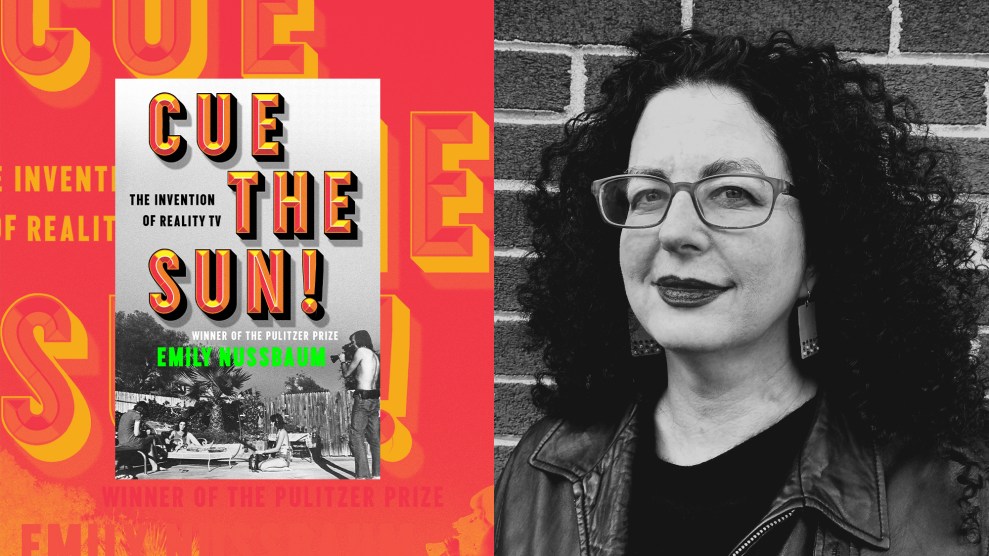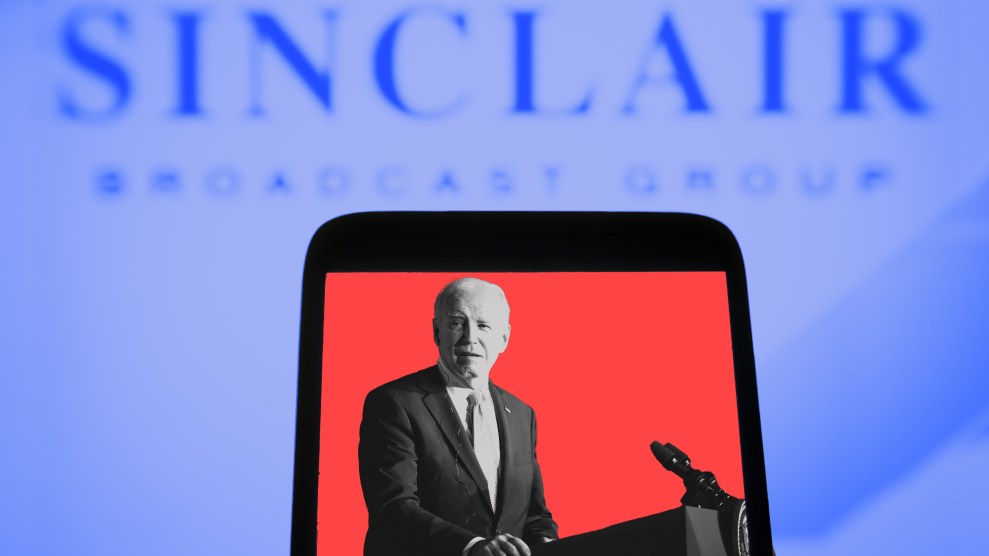“Welcome to the globalized ghost town,” says director Avi
Lewis, describing Buenos Aires’ hauntingly depressed San
Martin community. The Argentine economic collapse of
2001 — provoked by the International Monetary Fund’s
“austerity” programs and made worse by the withdrawal of $40
billion by multinational corporations — left factories here
shuttered and formerly middle-class families living Third
World lives.
This powerful film, written and produced by
anti-globalization star Naomi Klein (of No Logo fame),
documents the bold “recovery” of a San Martin auto-parts
plant. In a movement repeated at more than 200 other
factories across the country, the former employees take over
the plant, hoping to reopen it as a workers’ collective.
Their slogan: “occupy, resist, produce.”
The Take builds tension like a quality thriller. With a
judge’s order to end the occupation hanging over them, can
the workers hold onto the factory long enough to start
shipping parts? Deeply personal in its approach, The Take
pays equal attention to family dinners and police standoffs.
It’s a remarkable film that demonstrates that in the fight against
corporate globalization, resistance isn’t futile.














